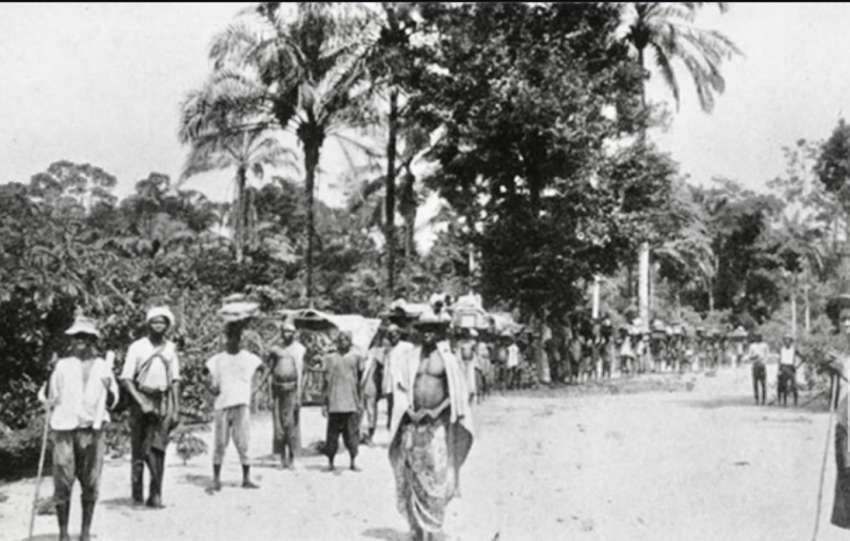The image shows a display of Benin Bronzes, and the photo credit; "Photograph by Mike Peel.
The Benin Bronzes represent one of Africa’s greatest artistic achievements and one of the world’s most infamous cultural thefts.
A collection comprising thousands of exquisite plaques, heads, and sculptures made of bronze, brass, and ivory which represents the pinnacle of court…









